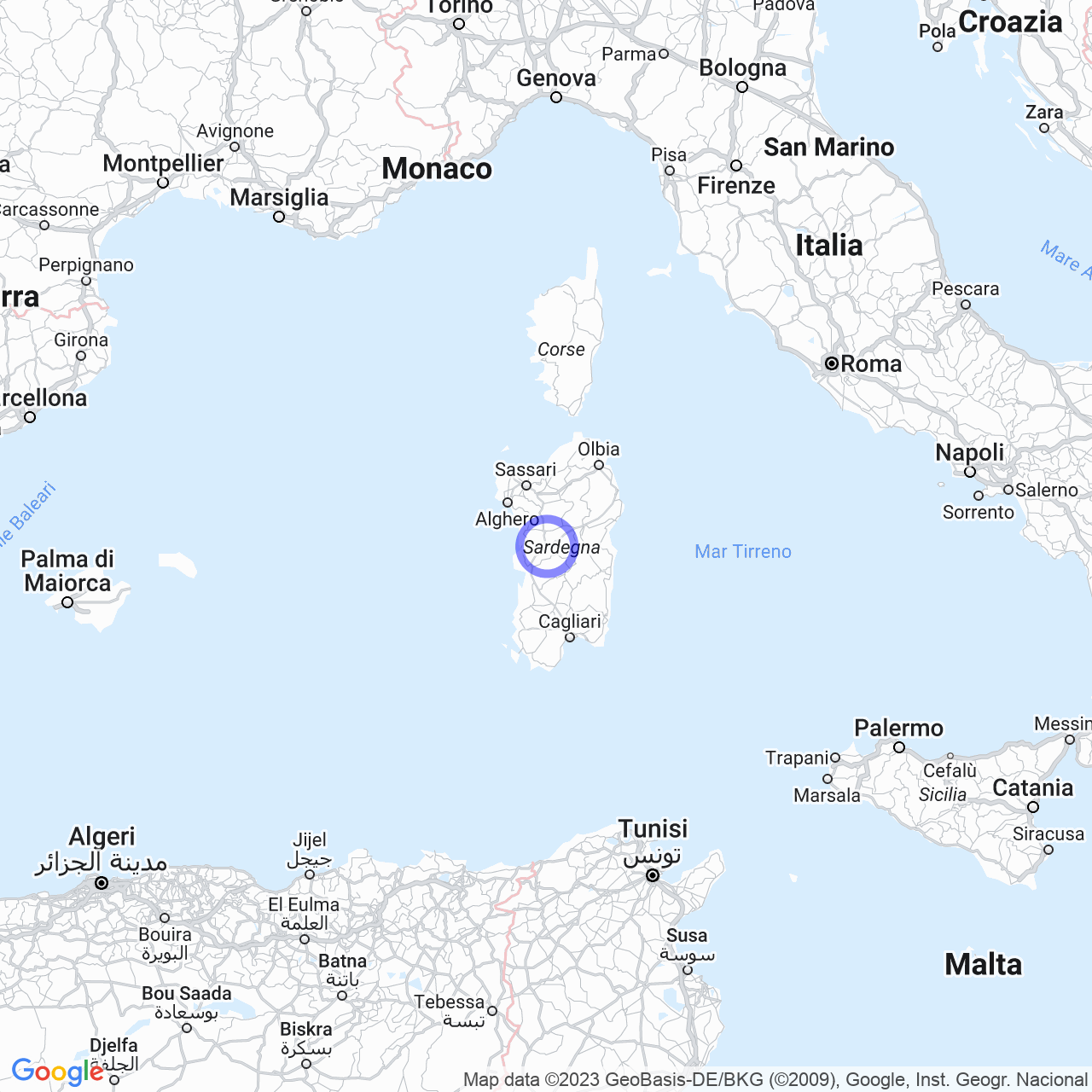Abbasanta
Welcome to Abbasanta: a guide to the Sardinian municipality
If you're looking for a destination for your next summer holiday, why not consider Abbasanta? This municipality in the province of Oristano, Sardinia, has a lot to offer visitors. Let's discover together the history, geography and monuments of this place.
Physical Geography
The territory of Abbasanta extends over the Abbasanta plateau, in the historical region of Guilcer. The municipality is located 30 km northeast of Oristano and borders with Norbello, Paulilatino, Ghilarza and Santu Lussurgiu. The morphology of the territory is mainly flat, with some hills reaching 400 meters in height.
Abbasanta is famous for its water sources, although some of these have stopped flowing due to hydrogeological problems. The climate is mild, thanks to its altitude, and the most frequent winds are those from the north and west.

History
The territory of Abbasanta has been inhabited since the Nuragic era, and even today you can admire the legacy of this important civilization through monuments such as dolmens, tombs of the giants and Nuragic sacred wells. In the Middle Ages, Abbasanta belonged to the Giudicato di Arborea and was part of the Guilcer region. After the fall of the giudicato, the territory passed under the rule of the Crown of Aragon and later, together with Paulilatino, became a royal fiefdom. In 1838, it was redeemed by the domain and became a municipality administered by a mayor and a municipal council.
Territorial and Name Variations
The municipality of Abbasanta has undergone several territorial and name variations over the centuries. In 1927, it was suppressed and aggregated to the municipality of Ghilarza, only to be reconstituted in 1934 with the detachment of the fractions of Abbasanta, Domusnovas Canales and Norbello from the municipality of Ghilarza. In 1946, the fraction of Norbello became an autonomous municipality.
Symbols
The municipality of Abbasanta has recently adopted a new coat of arms, approved by the President of the Republic in 2020. The coat of arms depicts the Nuraghe Losa, one of the most important archaeological sites in Sardinia, and a cork tree. The municipality's flag is a split cloth of red and green.
Monuments and Places of Interest
Abbasanta boasts a rich architectural and religious heritage. Among the most significant buildings are the church of Santa Caterina d'Alessandria, the church of Sant'Antonio, the church of Sant'Amada, the church of Santa Maria and the church of Sant'Agostino.
Furthermore, it is possible to visit the Aragonese House, located in Via S., a historic building that represents a unique example of Sardinian civil architecture. But the real treasure of Abbasanta is the Nuraghe Losa, one of the largest and richest in Sardinia. This archaeological site dates back to the Nuragic era and is composed of several towers, corridors and rooms.
Conclusions
Abbasanta is an interesting municipality for all those who love nature, history and art. Whether you are passionate about archaeology, architecture or religion, you will surely find something that fascinates you in this place. Don't miss the opportunity to visit Abbasanta and discover all the wonders it has to offer.
